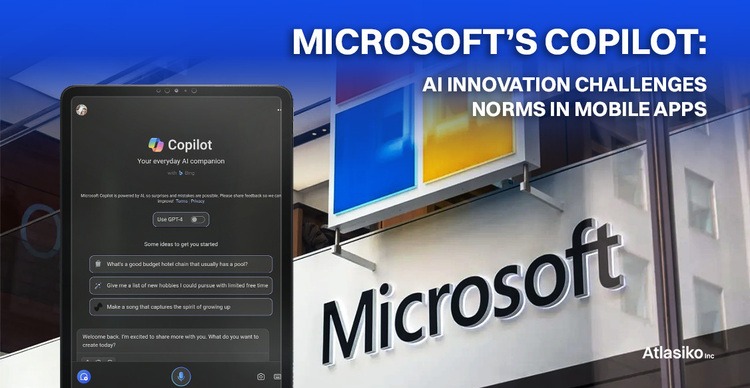According to a report by Juniper Research, the number of 5G Internet of Things (IoT) connections is predicted to exceed 100 million by 2026, increasing from an estimated 17 million in 2023. Currently, most IoT devices are supported by previous generation wireless technologies including 3G and 4G, or run only on close-range wireless namely WiFi and Bluetooth. The research supposes that 5G IoT implementation will come mainly from two areas, videlicet, smart cities and healthcare.
Smart cities are expected to take the majority of the market share, with Juniper Research predicting that over 60 million 5G smart city connections will be operational worldwide in 2026.
In healthcare, the pandemic revealed many of its suppliers to be unequipped to perform plenty of patient requests, leading to a call for the improvement of healthcare services. “The implementation of 5G technology will enable more organized and dynamic healthcare supplying, which was not possible with 4G or WiFi”, says Olivia William, co-author and research programmer at Juniper Research. Besides, she added that healthcare providers had to prioritize implementing 5G in areas that provided a great profit on investment, such as connected emergency services.
Businesses are attracted to 5G because it provides ultra-low latency and high bandwidth, in contrast to its predecessors. For smart cities, this means that they can collect more data than was previously possible and upload it to a central system with minimal delay. In healthcare, this implies that emergency systems can have connections with analytics and AI services, as a result, serves as help to medical professionals.
Industries that are also expected to invest in 5G IoT in a span of the next three years include transportation, particularly for keeping track of road and rail networks, and giving maintenance for workers with actual data to make informed decisions on the areas of the transportation network that require repair and servicing.
In conclusion, 5G IoT implementation can accelerate diverse working processes. But whether it can exceed 100M by 2026 we’ll be able to see later by estimating how many industries have invested money in such a solution.







